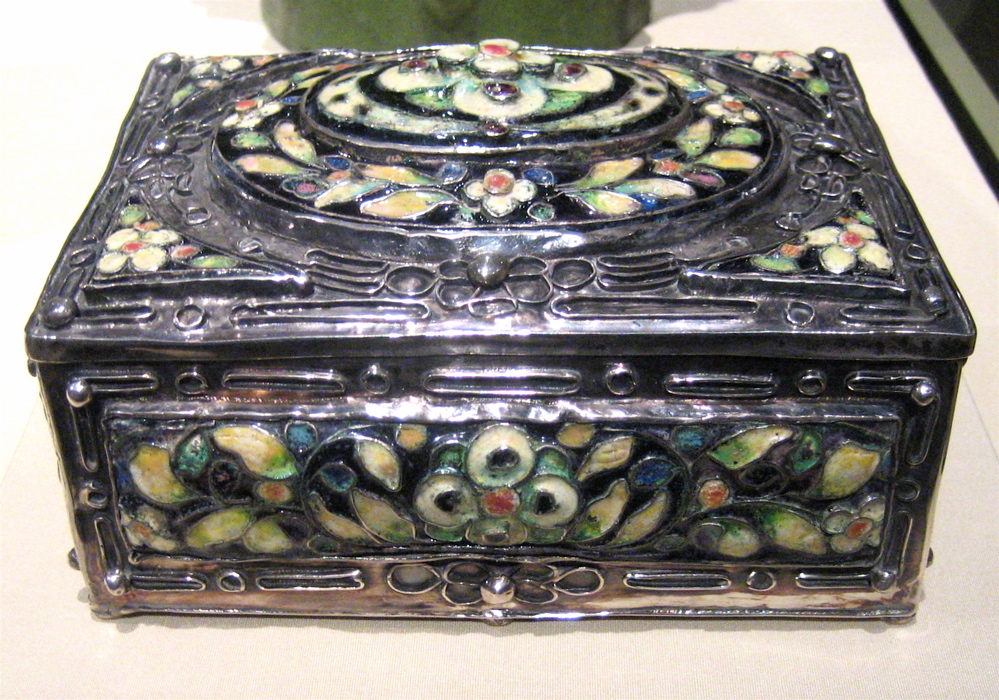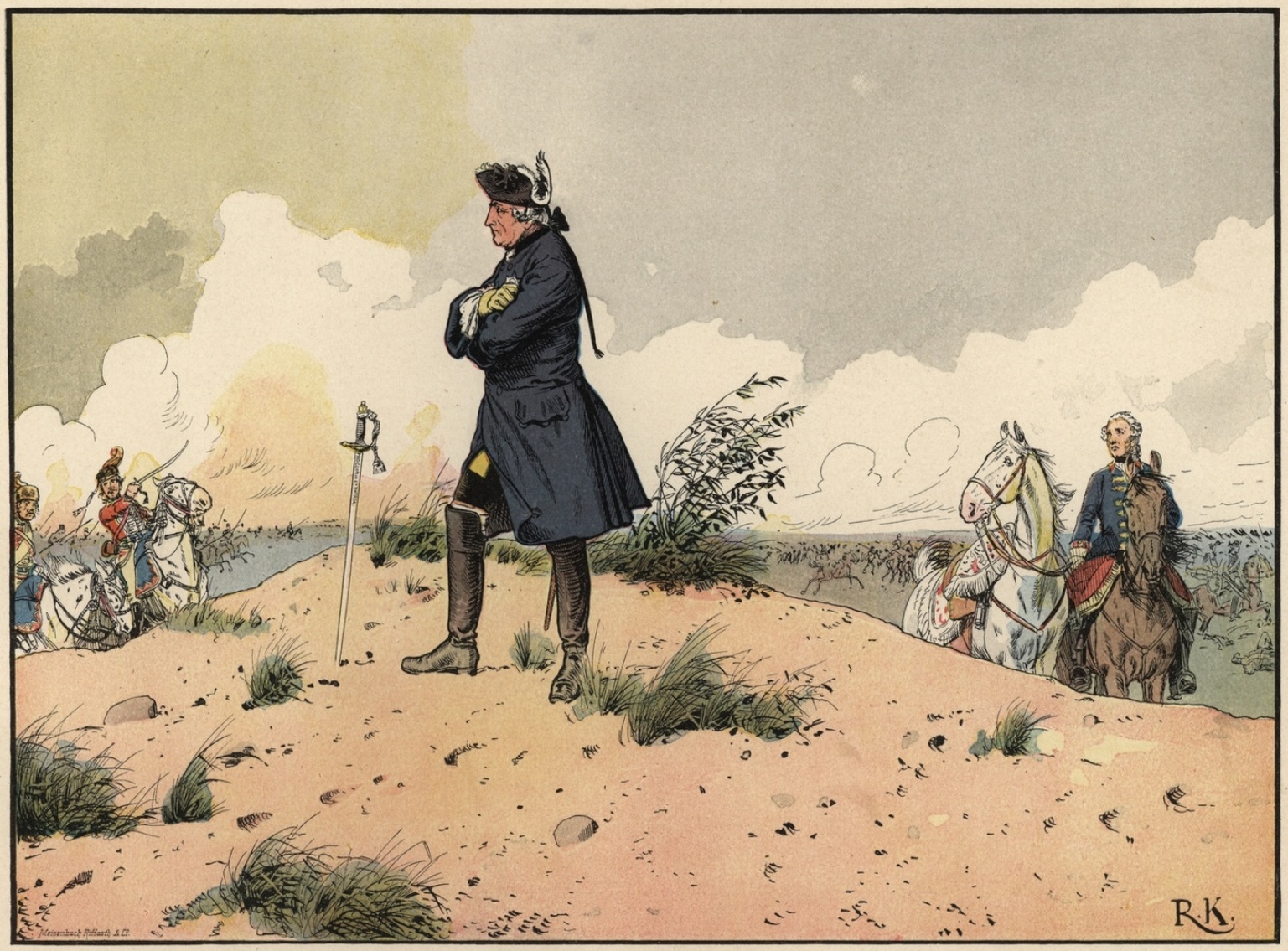|
Johann Ernst Gotzkowsky
Johann Ernst Gotzkowsky (21 November 1710 – 9 August 1775) was a Prussian merchant with a successful trade in trinkets, silk, taft, porcelain, grain and bills of exchange. Moreover, he acted as a diplomat and important art dealer. His paintings formed the basis and the beginning of the collection in the Hermitage Museum. Gotzkowsky died impoverished and having left behind an autobiography: ''Geschichte eines patriotischen Kaufmanns'' (1768), which was translated into French and reprinted three times in the 18th century. Biography Gotzkowsky was born in Konitz (Chojnice) in Royal Prussia, Polish–Lithuanian Commonwealth and descended from an impoverished family of Polish nobility. Both his parents died when he was five years old as a result of the plague, which broke out after the Great Northern War. Gotzkowsky grew up with relatives in Dresden, who neglected his education. As a 14-year-old he went to Berlin to live with his brother and to apprentice in business with Adr ... [...More Info...] [...Related Items...] OR: [Wikipedia] [Google] [Baidu] |
Heinrich Carl Von Schimmelmann
Heinrich Carl von Schimmelmann (13 July 1724 – 16 February 1782) was a German-born Danish merchant, banker, politician and nobleman. He was the largest Danish slave owner and slave trader, owning over 1,000 slaves on his plantations in the Danish-owned West Indies. He became one of the absolute richest people in Denmark and, among other things, owned the Odd Fellow Palace. During the Seven Years' War, he speculated heavily on currency debasement in close association with his business partner Abel Seyler. After supporting Denmark–Norway as the head of the banking system in Denmark, he was rewarded by becoming a member of the Danish nobility. Eventually, he became a plantation owner (and slave owner) and Danish finance minister. From 1774 onwards, von Schimmelmann was involved in the project of digging the Eider Canal. He died in 1782. Early life and career His father Diedrich Jacob was a merchant and city councillor in Demmin, Swedish Pommerania, who sent him out learning ... [...More Info...] [...Related Items...] OR: [Wikipedia] [Google] [Baidu] |
Decorative Box
A decorative box is a form of packaging that is generally more than just functional, but also intended to be decorative and artistic. Many such boxes are used for promotional packaging, both commercially and privately. Historical objects are usually called caskets if larger than a few inches in more than one dimension, with only smaller ones called boxes. Gift box Traditionally gift boxes used for promotional and seasonal gifts are made from sturdy paperboard or corrugated fiberboard. These boxes normally consist of a base and detachable lid and are made by using a die cutting process to cut the board. The box is then covered with decorative paper. Gift boxes can be dressed with other gift packaging material, such as decorative ribbons and gift tissue paper. Work box The most common type of decorative box is the feminine work box. It is usually fitted with a tray divided into many small compartments for needles, reels of silk and cotton, and other necessaries for stitchery. ... [...More Info...] [...Related Items...] OR: [Wikipedia] [Google] [Baidu] |
Königsberg
Königsberg (; ; ; ; ; ; , ) is the historic Germany, German and Prussian name of the city now called Kaliningrad, Russia. The city was founded in 1255 on the site of the small Old Prussians, Old Prussian settlement ''Twangste'' by the Teutonic Knights during the Northern Crusades, Baltic Crusades. It was named in honour of King Ottokar II of Bohemia, who led a campaign against the pagan Old Prussians, a Baltic tribe. A Baltic Sea, Baltic port city, it successively became the capital of the State of the Teutonic Order, the Duchy of Prussia and the provinces of East Prussia and Province of Prussia, Prussia. Königsberg remained the coronation city of the Prussian monarchy from 1701 onwards, though the capital was Berlin. From the thirteenth to the twentieth centuries on, the inhabitants spoke predominantly German language, German, although the city also had a profound influence upon the Lithuanian and Polish cultures. It was a publishing center of Lutheranism, Lutheran literatu ... [...More Info...] [...Related Items...] OR: [Wikipedia] [Google] [Baidu] |
Gottlieb Heinrich Totleben
Gottlob Curt Heinrich Graf von Tottleben, Herr auf Tottleben, Zeippau und Hansdorf im Saganschen (also ''Tottleben'', ''Todtleben'', or ''Todleben''; ; 21 December 1715 – 20 March 1773) was a Saxon-born Russian general known for his adventurism and contradictory military career during the Seven Years' War and, then, the Russo-Turkish War (1768–74) as a commander of the first Russian expeditionary force in Kartli-Kakheti. His name refers to his domains at Tottleben in Thuringia, Zeippau and Hansdorf of Sagan in Lower Silesia. Early career Totleben was born in Tottleben, Thuringia, and served at the court of Augustus III, King of Poland and Elector of Saxony. He fled Saxony after being accused of corruption. He then served for various periods at the courts of Saxe-Weissenfels, Bavaria, the Dutch Republic during the War of the Austrian Succession, and the Kingdom of Prussia. In 1747, he is mentioned as commander of a regiment of infantry of the Dutch Republic, but the r ... [...More Info...] [...Related Items...] OR: [Wikipedia] [Google] [Baidu] |
Private Property
Private property is a legal designation for the ownership of property by non-governmental Capacity (law), legal entities. Private property is distinguishable from public property, which is owned by a state entity, and from Collective ownership, collective or cooperative property, which is owned by one or more non-governmental entities. Private property is foundational to capitalism, an economic system based on the private ownership of the means of production and their operation for Profit (economics), profit. As a legal concept, private property is defined and enforced by a country's political system. History The first evidence of private property may date back to the Babylonians in 1800 BC, as evidenced by the archeological discovery of Plimpton 322, a clay tablet used for calculating property boundaries; however, written discussions of private property were not seen until the Persian Empire, and emerged in the Western tradition at least as far back as Plato. Before the 1 ... [...More Info...] [...Related Items...] OR: [Wikipedia] [Google] [Baidu] |
Thalers
A thaler or taler ( ; , previously spelled ) is one of the large silver coins minted in the states and territories of the Holy Roman Empire and the Habsburg monarchy during the Early Modern period. A ''thaler'' size silver coin has a diameter of about and a weight of about 25 to 30 grams (roughly 1 ounce). The word is shortened from , the original ''thaler'' coin minted in Joachimsthal, Bohemia, from 1520. While the first standard coin of the Holy Roman Empire was the of 1524, its longest-lived coin was the , which contained Cologne Mark of fine silver (or 25.984 g), and which was issued in various versions from 1566 to 1875. From the 17th century a lesser-valued ''North German thaler'' currency unit emerged, which by the 19th century became par with the . The ''thaler'' silver coin type continued to be minted until the 20th century in the form of the Mexican peso until 1914, the five Swiss franc coin until 1928, the US silver dollar until 1935, and the Austrian Mari ... [...More Info...] [...Related Items...] OR: [Wikipedia] [Google] [Baidu] |
1760 Raid On Berlin
The Raid on Berlin took place in October 1760 during the Third Silesian War (part of the Seven Years' War) when Austrian and Russian forces occupied the Prussian capital of Berlin for several days. After raising money from the city, and with the approach of further Prussian reinforcements, the occupiers withdrew. There were later allegations that the Russian commander Count Tottleben had received a personal bribe from the Prussians to spare the city, and he was subsequently tried and found guilty of being a spy. The future ''generalissimo'' of the Russian Empire—Alexander Suvorov—took part in this raid. Background After a series of successes over Prussian forces in 1759, the following year proved to be a disappointment for the Allies as their invasion of Silesia had stalled, in spite of their overwhelming manpower, and they had been defeated at the Battle of Liegnitz in August 1760. However, the Prussian capital, Berlin had been left vulnerable by Frederick the Great's de ... [...More Info...] [...Related Items...] OR: [Wikipedia] [Google] [Baidu] |
Battle Of Kunersdorf
The Battle of Kunersdorf occurred on 12 August 1759 near Kunersdorf (now Kunowice, Poland) immediately east of Frankfurt an der Oder. Part of the Third Silesian War and the wider Seven Years' War, the battle involved over 100,000 men. An Allied army commanded by Pyotr Saltykov and Ernst Gideon von Laudon that included 41,000 Russians and 18,500 Austrians defeated Frederick the Great's army of 50,900 Prussians. The terrain complicated battle tactics for both sides, but the Russians and the Austrians, having arrived in the area first, were able to overcome many of its difficulties by strengthening a causeway between two small ponds. They had also devised a solution to Frederick's deadly ''modus operandi'', the oblique order. Although Frederick's troops initially gained the upper hand in the battle, his limited scouting, combined with the strong defensive preparations of the Allied troops, gave the Russians and Austrians an advantage. By afternoon, when the combatants were exh ... [...More Info...] [...Related Items...] OR: [Wikipedia] [Google] [Baidu] |
Imperial Army (Holy Roman Empire) (), the standing army owing service to the emperor and largely raised from his states
{{set index ...
In the history of the Holy Roman Empire, the term Imperial Army may refer to: * Army of the Holy Roman Empire (), the army of the empire as a whole, to which all states contributed when ordered by the Imperial Diet *Imperial Army of the Holy Roman Emperor Imperial Army (Latin: ''Exercitus Imperatoris'', ) or Imperial troops (''Kaiserliche Truppen'' or ''Kaiserliche'') was a name used for several centuries, especially to describe soldiers recruited for the Holy Roman Emperor during the early mode ... [...More Info...] [...Related Items...] OR: [Wikipedia] [Google] [Baidu] |
Imperial Russian Army
The Imperial Russian Army () was the army of the Russian Empire, active from 1721 until the Russian Revolution of 1917. It was organized into a standing army and a state militia. The standing army consisted of Regular army, regular troops and two forces that served on separate regulations: the Cossacks, Cossack troops and the Islam in Russia, Muslim troops. A regular Russian army existed after the end of the Great Northern War in 1721.День Сухопутных войск России. Досье [''Day of the Ground Forces of Russia. Dossier''] (in Russian). TASS. 31 August 2015. During his reign, Peter the Great accelerated the modernization of Russia's armed forces, including with a decree in 1699 that created the basis for recruiting soldiers, military regulations for the organization of the a ... [...More Info...] [...Related Items...] OR: [Wikipedia] [Google] [Baidu] |







